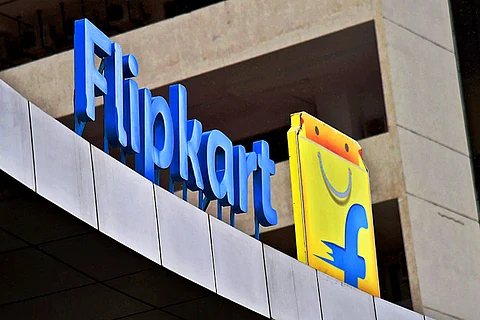

With the need for physical distancing and prioritising safety, the pandemic has led to millions of people turning to e-commerce this past year, not only in metros but also in tier 3+ regions. Flipkart has witnessed interesting demand patterns across India in 2020 as it catered to an array of consumer requirements in this unprecedented year. The company focused on consistently addressing the needs of aspiring customers in Tier 3+ regions who seek the latest products but have limited access, and customers in metros who seek new products with a minimum delivery time frame.
From changes in category preferences, the emergence of the “new essentials” to the adoption of native languages and surge in new-age forms of payments, this year has borne witness to an array of unique consumer trends. E-commerce established deep inroads in different regions of the country this year. With a growing reliance to fulfil daily necessities and aspirations of consumers, Flipkart claims it witnessed a new user growth of close to 50% right after the lockdown, with tier 3+ regions registering the highest growth of 65% during the ‘Unlock’ (July - September) phase. Consumers from tier 2 and tier 3+ regions also spent the most time on the platform, signalling a continuing rise in user engagement and a shift in shopping preferences.
To make shopping easier, Flipkart also introduced a voice assistant in Grocery, and vernacular interfaces across multiple languages including Hindi, Tamil, Telugu and Kannada. As more consumers joined the e-commerce bandwagon this year, a growing preference to shop in their local language was seen. This year, the adoption of native languages saw a 2.5x increase from pre-COVID to the festive period (January to November 2020), Flipkart said.
Moreover, UPI adoption on the Flipkart platform increased nationally by 4.5X from January 2020 to August 2020, with Maharashtra taking the lead with a 5.2X growth. Andhra Pradesh, Telangana, Kerala, Karnataka and Tamil Nadu were the other states that were at the top of the list for UPI adoption on the Flipkart platform, the company said.
At a time when businesses and sellers were hit severely due to the pandemic, Flipkart says it saw close to a 35% increase in sellers onboarded in 2020, in comparison to the same period last year. These sellers came from tier 2 and tier 3 regions such as Tirupur, Howrah, Zirakpur, Hisar, Saharanpur, Panipat and Rajkot. They primarily catered to categories such as Household needs, Women’s Ethnic Wear, Grooming, Home Decor and Toys & School Supplies.
Speaking about catering to evolving consumer preferences this year, Rajneesh Kumar, Chief Corporate Affairs Officer, Flipkart Group, said, “As India’s homegrown e-commerce marketplace, our efforts continue to be dedicated to making e-commerce inclusive for every customer, irrespective of where they are located. Flipkart’s purpose has been elevated this past year, as we continue to play an important role in ensuring the safe delivery of products to consumers’ doorsteps through a safe and sanitised supply chain. We have consistently worked towards creating an ecosystem that serves consumers’ growing needs and also helping Indian sellers and MSMEs access the pan-India market more effectively & efficiently.”